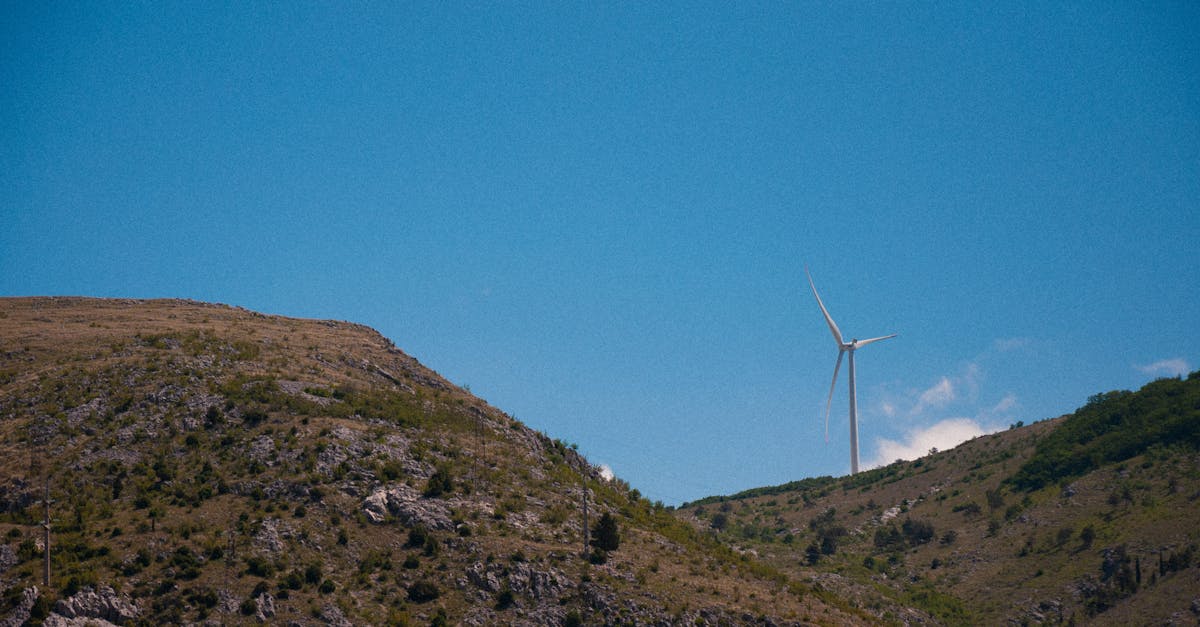
Policy frameworks often include ambitious targets for reducing greenhouse gas emissions. This commitment necessitates collaboration between public and private sectors, as well as engagement with local communities to effectively implement policies. Training programmes for professionals in the energy sector and educational campaigns aimed at raising awareness among citizens can enhance the efficacy of these initiatives. These comprehensive approaches ensure that energy efficiency is not only viewed as a regulatory requirement but also as a crucial aspect of national and global sustainability goals.
As consumers increasingly seek out these alternatives, the market continues to evolve, rewarding those companies that prioritise both performance and ecological responsibility.
Copyright © Energy Efficient Cheshire. All rights reserved.